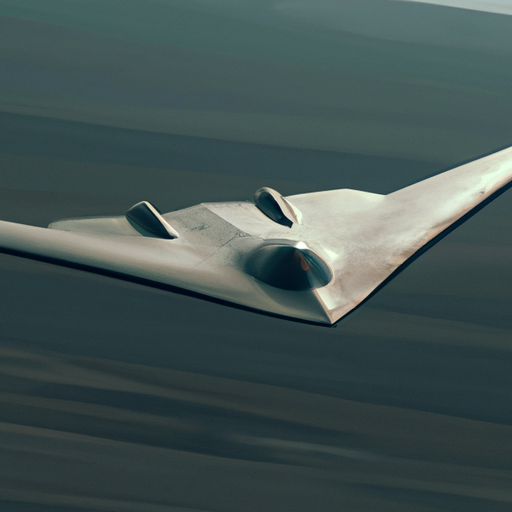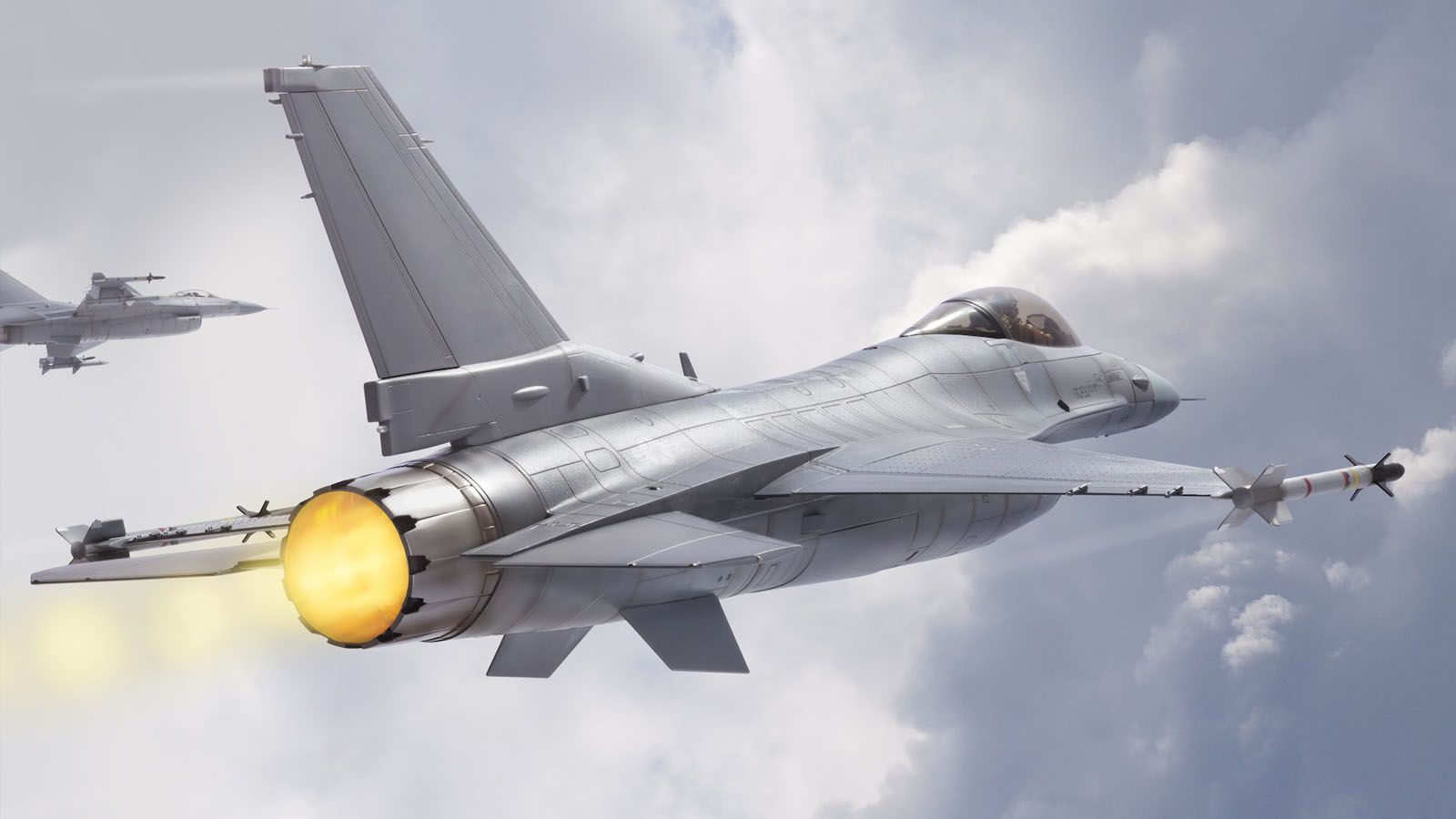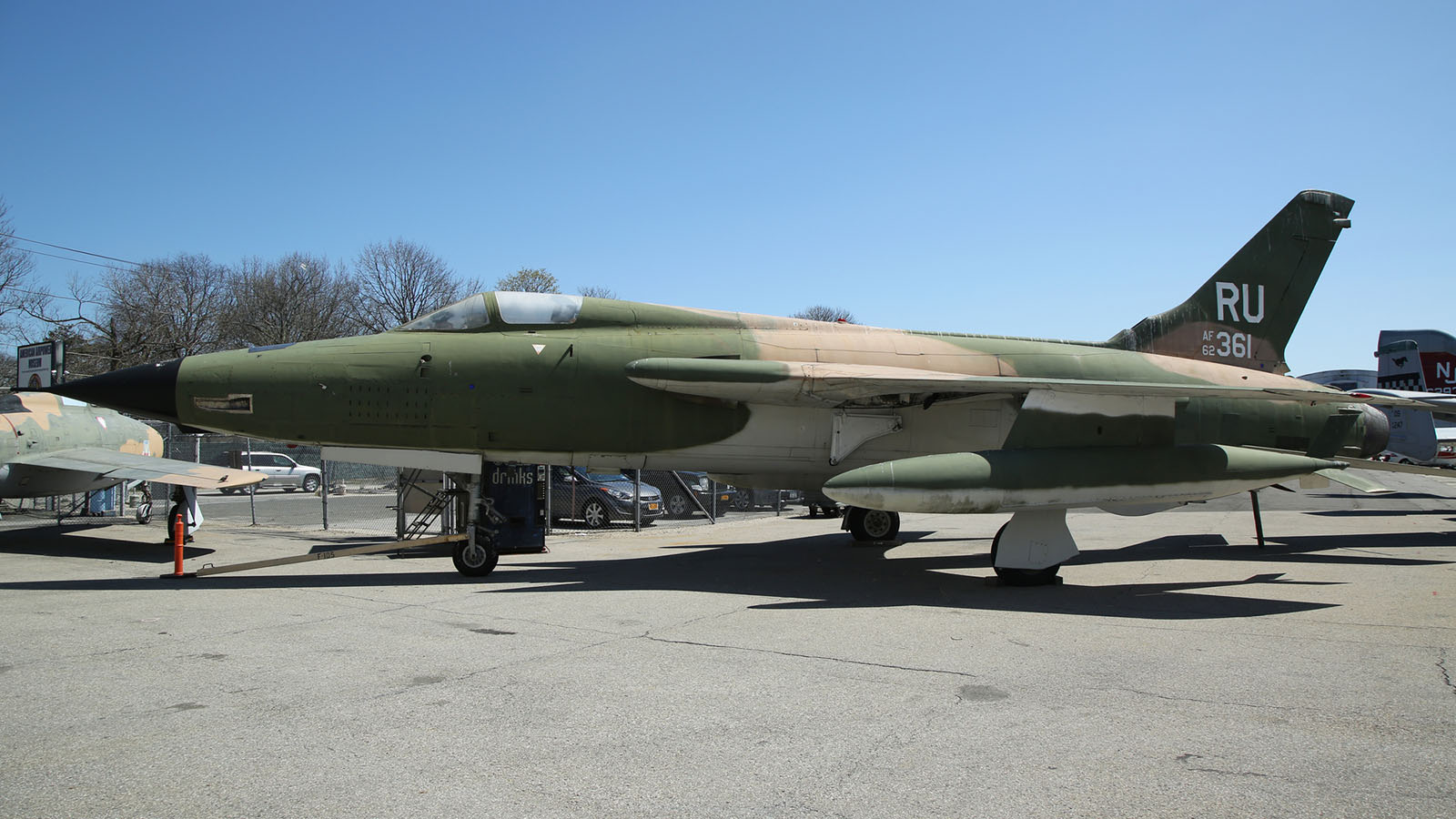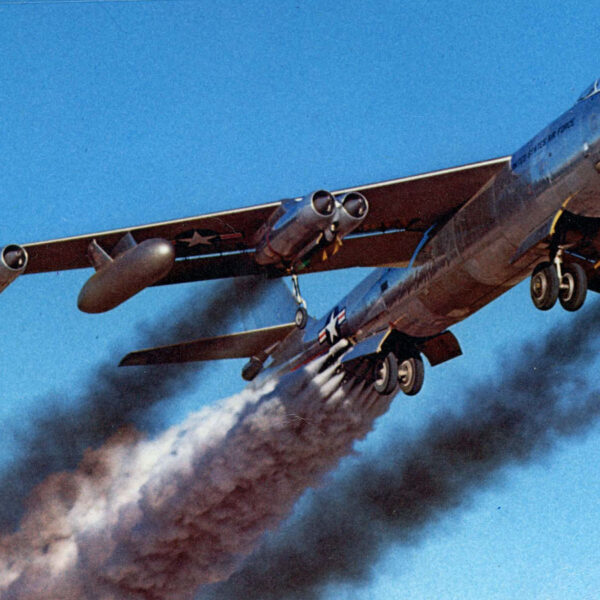The P-63 Fighter Aircraft: A World War II Icon
During World War II, the P-63 Kingcobra Fighter Aircraft played a vital role in protecting the skies and contributing to the success of Allied forces. This aircraft, manufactured by Bell Aircraft Corporation, has its unique history and characteristics. In this article, we will delve into the details of the P-63 Fighter Aircraft, exploring its design, capabilities, and legacy.
Design and Development
The P-63 Fighter Aircraft was developed as an improvement over its predecessor, the P-39 Airacobra. With its distinctive streamlined design, the P-63 featured several enhancements, including a more powerful engine and improved armament. The development process involved incorporating cutting-edge technologies, such as laminar flow airfoils and turbo-superchargers, resulting in a formidable fighter aircraft.
Alexander Kartveli, a renowned aircraft designer, played a crucial role in developing the P-63. His innovative approach and attention to detail improved the aircraft’s performance and maneuverability. Kartveli’s expertise propelled the P-63 to become one of the most successful fighters of its time.
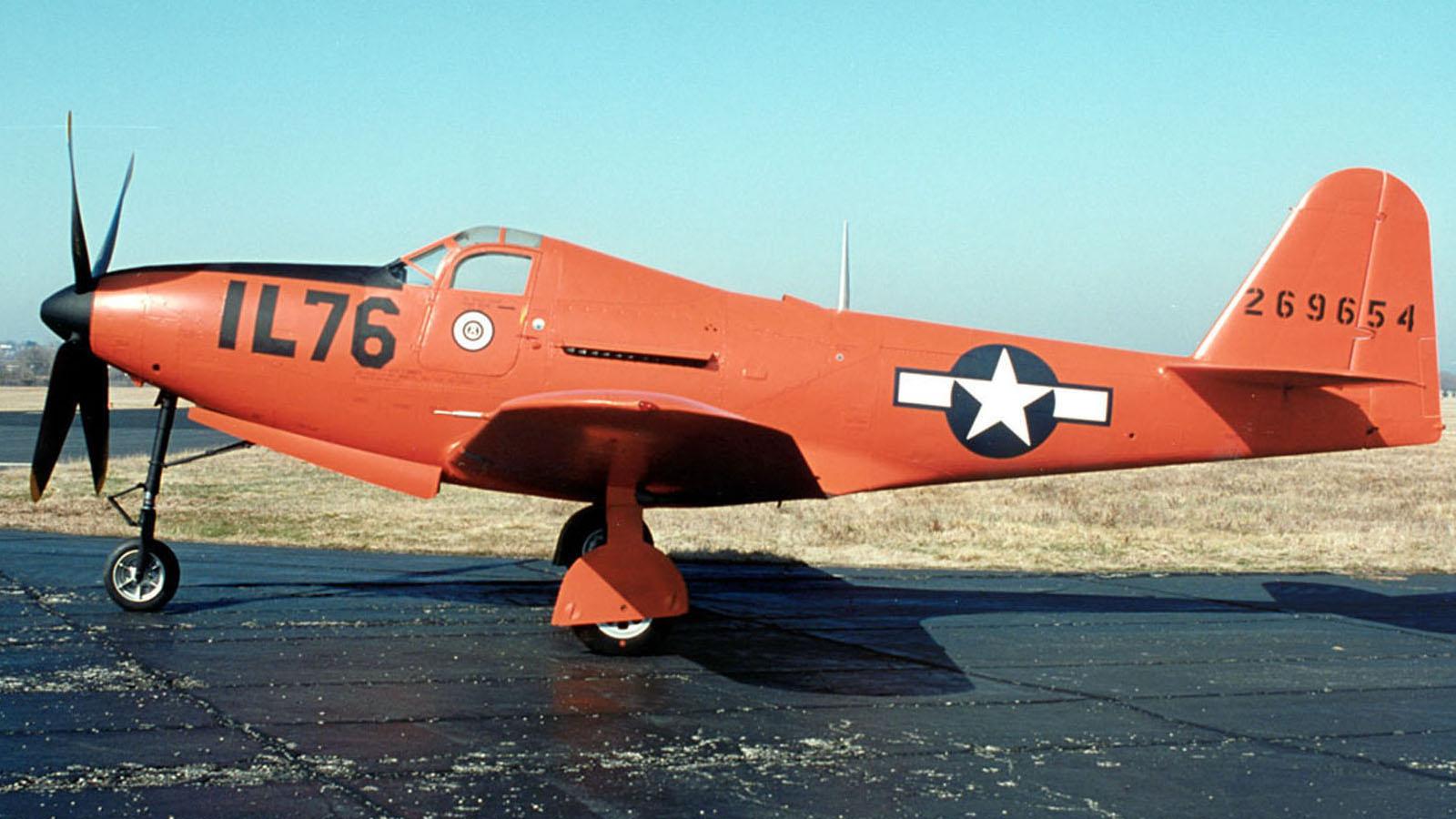
Performance and Capabilities
The P-63 Fighter Aircraft’s exceptional performance and capabilities suit various combat scenarios well. Here, we will explore some key aspects that made the P-63 stand out among its contemporaries.
Engine and Speed
The P-63 Fighter Aircraft was equipped with a powerful Allison V-1710 engine. This liquid-cooled engine, combined with a turbo-supercharger, enabled the aircraft to reach up to 410 mph speeds, making it one of the fastest fighters of its time. The engine’s reliability and performance were instrumental in solidifying the P-63’s reputation.
Armament
The armament of the P-63 Fighter Aircraft was a key factor contributing to its success on the battlefield. The aircraft was armed with .50 caliber machine guns and 37mm cannons, providing a long-range striking capability and formidable air-to-air firepower. This lethal combination allowed pilots to engage enemy aircraft effectively and deliver devastating blows to ground targets.
Advanced Features
The P-63 Fighter incorporated several advanced features that gave it a technological edge. These included laminar flow airfoils, which reduced drag and improved maneuverability, and its turbo-supercharger, enabling high-altitude performance. The aircraft also featured a tricycle landing gear, enhancing its ground handling capabilities and simplifying takeoff and landing procedures.
Operational History
The P-63 Fighter Aircraft saw significant action during World War II and beyond. Its versatility and remarkable performance ensured its deployment in various theaters and roles. Let’s explore some notable aspects of its operational history.
European Theater
In the European theater, the P-63 Fighter Aircraft primarily served in the air-to-ground role. Thanks to its potent armament and ability to carry external ordnance, it was extensively employed for ground attack missions. The P-63’s presence alongside other Allied aircraft significantly contributed to ground operations’ success and enemy supply lines’ disruption.
Soviet Union
One of the most significant contributions of the P-63 Fighter Aircraft was its deployment to the Soviet Union through the Lend-Lease program. In Soviet service, the P-63 played a pivotal role in air combat against both Axis fighters and ground targets. Pilots appreciated its performance, ease of maintenance, and durability, often referring to it as the “Kingcobra.”
Legacy and Preservation
Despite overshadowing other iconic aircraft of World War II, the P-63 Fighter Aircraft left a lasting legacy. Its innovation and effectiveness paved the way for future advancements in military aviation. Today, a few examples of the P-63 exist, carefully preserved in museums and private collections. These preserved aircraft serve as a testament to the engineering brilliance and importance of the P-63 in aviation history.
Frequently Asked Questions
How does the P-63 Fighter Aircraft compare to other World War II fighters?

The P-63 Fighter Aircraft had unique strengths and weaknesses, placing it on par with other renowned fighters of the era, such as the P-51 Mustang and the Supermarine Spitfire. While it did not achieve widespread fame, the P-63’s exceptional firepower, high speed, and advanced features made it a formidable opponent in the skies.
Was the P-63 Fighter Aircraft successful in combat?
Yes, the P-63 Fighter Aircraft proved to be successful in combat scenarios. Its deployment in various theaters and roles attests to its versatility and effectiveness. Pilots appreciated its speed, firepower, and overall performance, contributing to the ultimate victory of the Allied forces.
Are there any surviving P-63 Fighter Aircraft today?
Many P-63 Fighter Aircraft have been preserved in museums and private collections worldwide. These examples remind us of the aircraft’s historical significance and allow enthusiasts to witness its engineering brilliance firsthand.
What impact did the P-63 Fighter Aircraft have on aviation technology?
The P-63 Fighter Aircraft played a crucial role in advancing aviation technology. Its innovative features, such as laminar flow airfoils and turbo-superchargers, paved the way for future developments in aircraft design. Many lessons learned from the P-63’s design and engineering have been incorporated into subsequent generations of fighter aircraft.
Can I fly in a P-63 Fighter Aircraft today?
While finding opportunities to fly in a P-63 Fighter Aircraft is difficult, organizations like the Commemorative Air Force occasionally offer exhilarating flight experiences in vintage military aircraft. These experiences allow individuals to taste the P-63’s performance and immerse themselves in the rich history of aviation.
Conclusion
The P-63 Fighter Aircraft, with its innovative design, exceptional performance, and significant contributions to the Allied victory, remains a beloved icon of World War II. Its legacy lives on in the carefully preserved examples worldwide, serving as a testament to this remarkable aircraft’s engineering brilliance and importance in aviation history.

